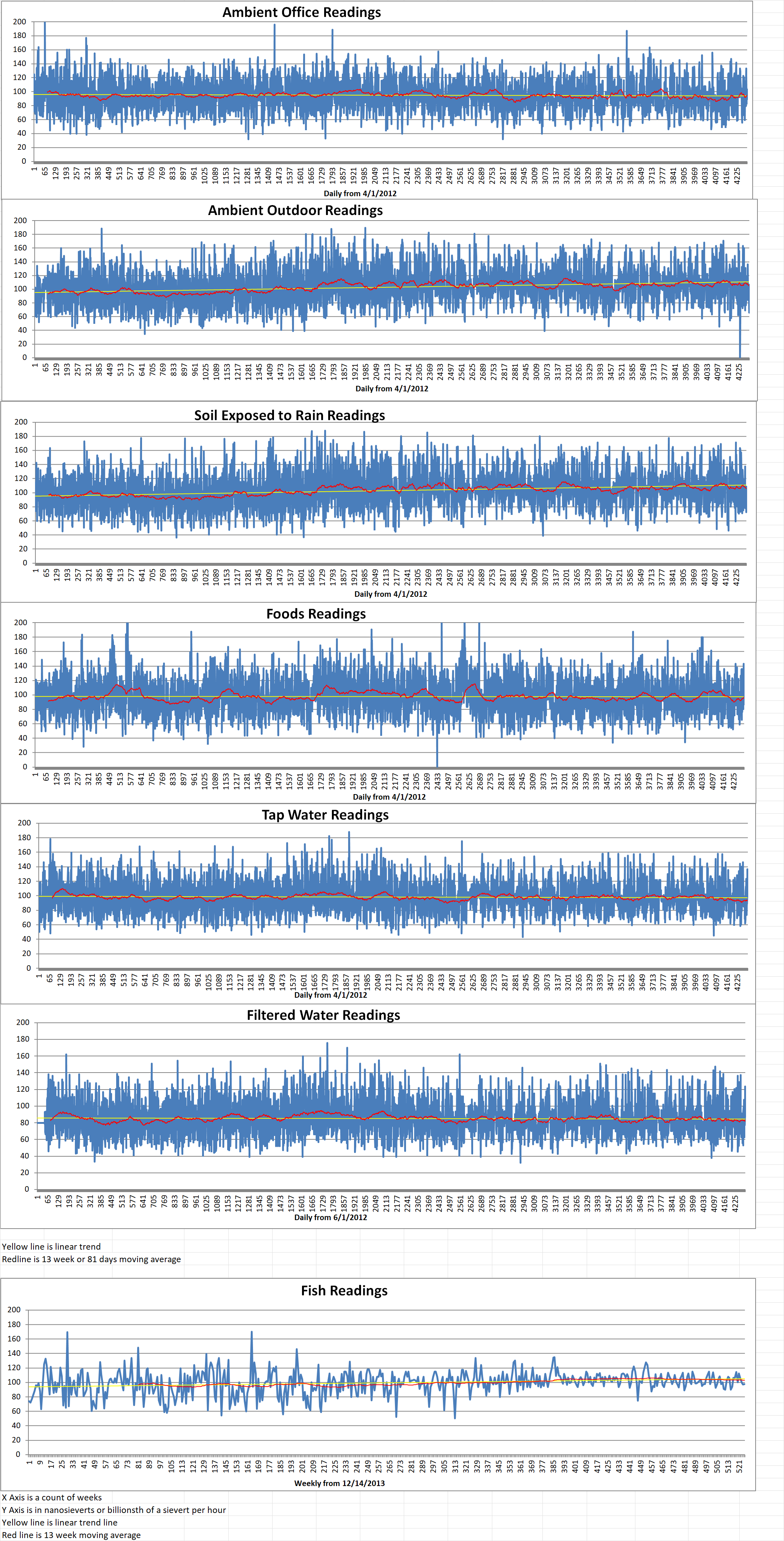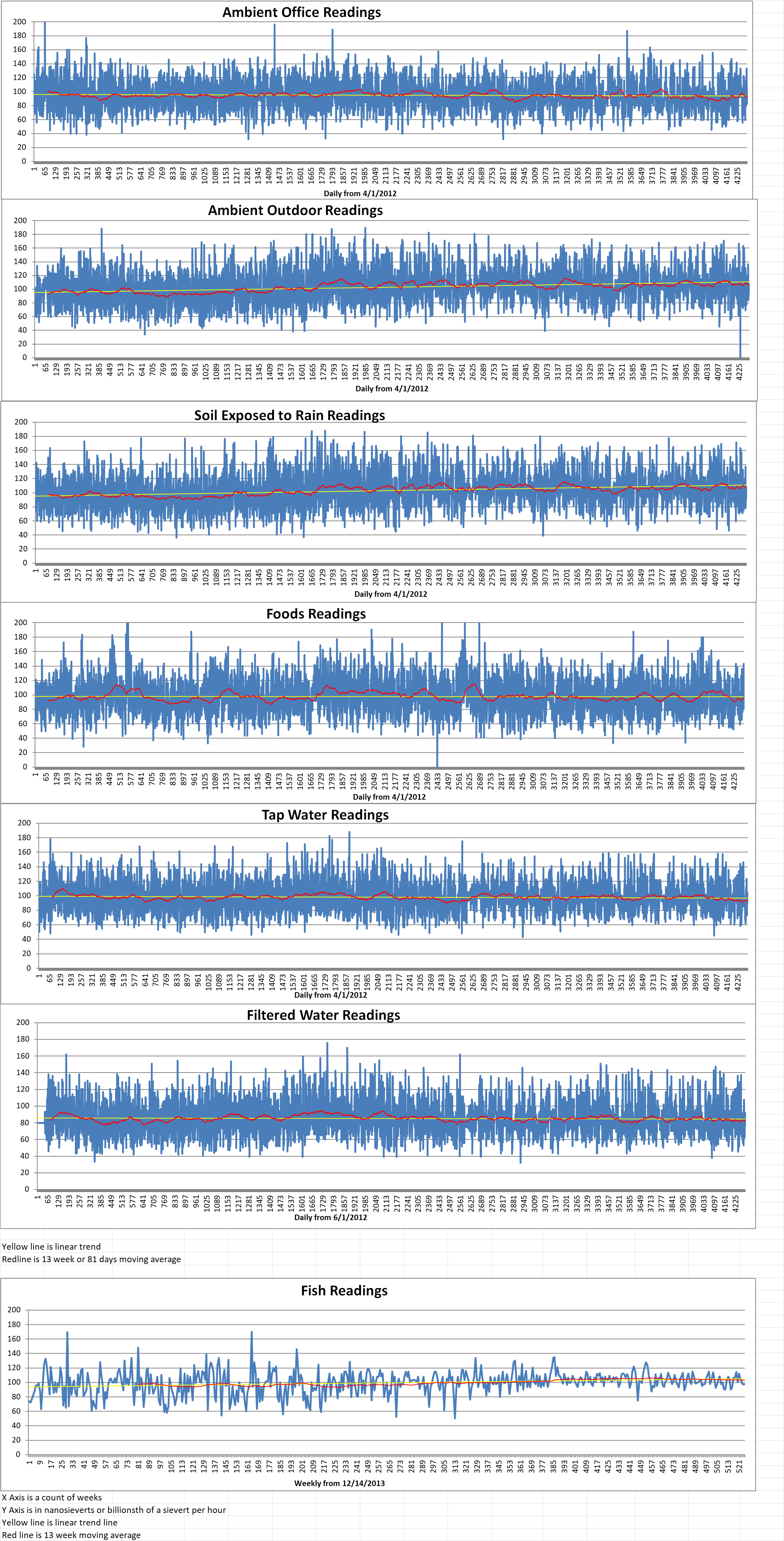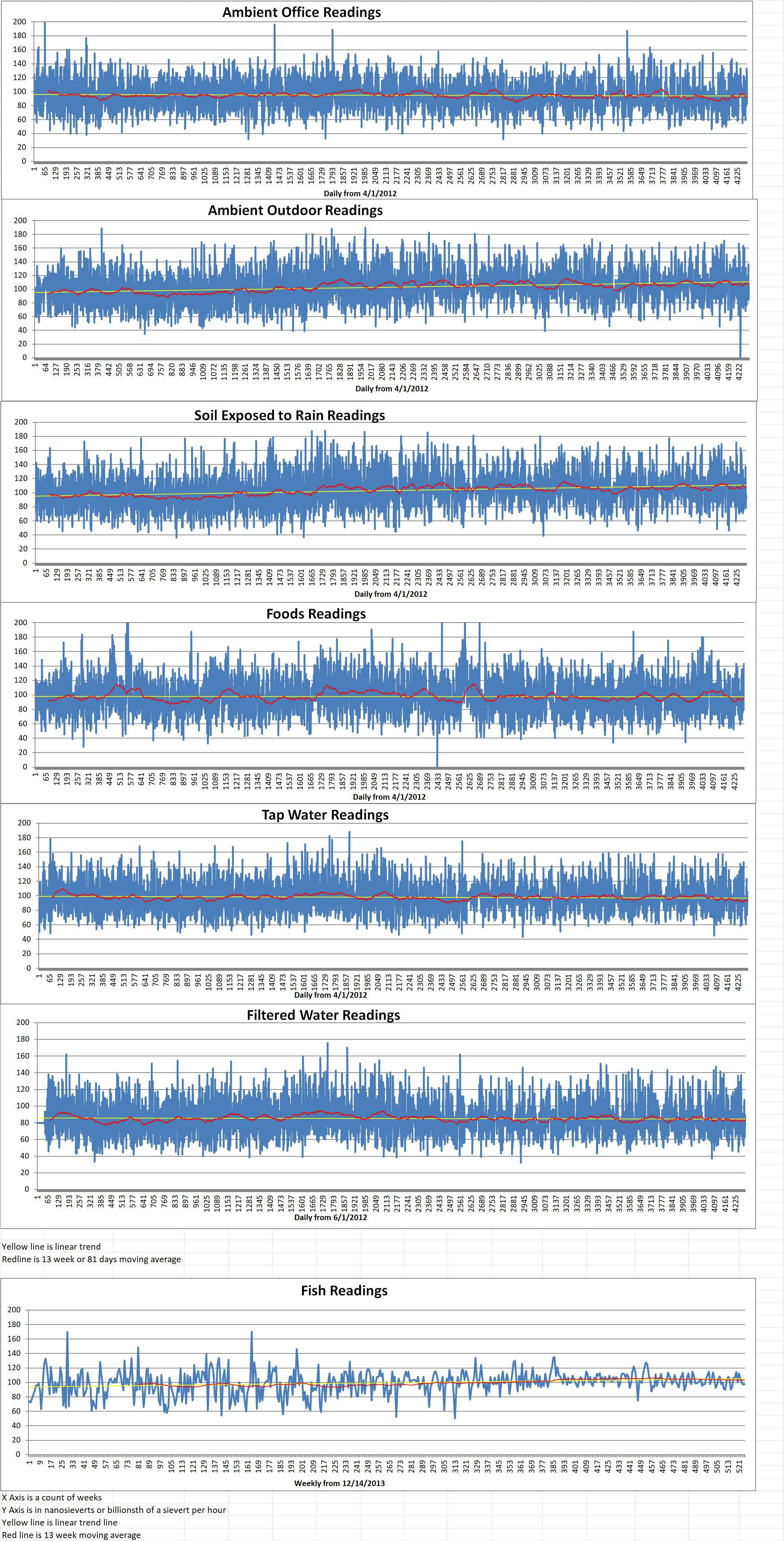Ammonia is an important industrial chemical. It is an inorganic chemical compound of nitrogen and hydrogen with the chemical formula NH3. Ammonia, either directly or indirectly, is also a building block for the synthesis of many chemicals.
A project centered in Utah is being developed to make cleaner ammonia with nuclear energy. It’s a project that, if scaled, could eliminate the more than one percent of global carbon pollution production that is generated from ammonia-making. It’s a unique combination of multiple cleaner energy solutions in one project with government backing.
Experts at Utah State University and scientists from Illinois-based Argonne National Laboratory are collaborating on the ammonia project. The project is being funded by the Department of Energy, which set aside fifty-six million dollars for sixty-eight projects last year to support the development of nuclear energy.
It all begins with making ‘green hydrogen’ with nuclear-powered electrolysis, which uses electricity to split water into hydrogen and oxygen. Hydrogen is often generated through a steam-reforming method that uses natural gas which limits its clean-energy potential.
By using small modular fission reactors from Oregon’s NuScale Power to power the electrolysis, the experts can ensure an air-pollution-free process cost-effectively. Small modular reactors offer about one-third the power generation of typical larger reactors, making them well-suited for the task.
Hydrogen is already being used to fuel vehicles without making planet-warming fumes, and more innovations are in development. As part of a circular benefit, ammonia is an effective way to store hydrogen.
About forty three percent of hydrogen produced globally is used to make ammonia through another process using high heat and pressure. About one and two tenths percent of global air pollution comes from ammonia production.
The New York Health Department notes that about eighty percent of industry-produced ammonia is used in fertilizer for crops. Ammonia demand increases with food demand. We live in a hungry world with a population expected to exceed ten billion by 2060, per U.S. Census Bureau estimates.
“A significant increase in ammonia production is expected with population growth, according to historical data. Thus, decarbonizing the existing ammonia market represents a big opportunity for carbon-free ammonia to significantly reduce global [greenhouse gas] emissions,” according to a recent report on ammonia production.
The nuclear ammonia project is an interesting intersection of nuclear science, hydrogen, and ammonia. All of these are mentioned by experts to some degree as part of a more sustainable energy future. Eliminating harmful air pollution by even a couple of percentage points would have a huge impact. Researchers expect agricultural productivity to be reduced as temperatures continue to rise and limit crop yields. That is just one problem linked to our planet’s warming.
The Utah and Argonne experts hope their project will lead to a scalable technique that can be deployed ‘essentially everywhere.’
Kathryn Huff works in the Department of Energy nuclear energy office. She said in the press release announcing the projects that the “The funding will help ensure researchers and educators have the resources they need to keep making a difference.”
Blog
-

Department Of Energy Funding Project To Make Ammonia With Nuclear Power
-
Nuclear News Roundup Jun 24, 2024
Atomic intelligence: Is nuclear the fuel for energy-hungry AI? Eco-business.com
NRC launches environmental review of plan to restart Palisades nuclear plant in Michigan detroitnews.com
US denies holding ‘active’ nuclear talks with Iran iranintl.com
NANO Nuclear Energy Announces Pricing of Upsized $18 Million Underwritten Offering (Updated) finance.yahoo.com
-

Geiger Readings for Jun 24, 2024
Ambient office = 103 nanosieverts per hour
Ambient outside = 103 nanosieverts per hour
Soil exposed to rain water = 108 nanosieverts per hour
Roma tomato from Central Market = 87 nanosieverts per hour
Tap water = 99 nanosieverts per hour
Filter water = 87 nanosieverts per hour
-
Nuclear News Roundup Jun 23, 2024
U.S. Solar and Wind Power Generation Tops Nuclear for First Time oilprice.com
Talen-Amazon interconnection agreement needs extended FERC review: PJM market monitor utilitydive.com
Campaigners to stage 10-day peace camp at airbase
UN Condemns Russia, Urges ‘Urgent Withdrawal’ Of Forces From Ukrainian Nuclear Plant rferl.org
-

Geiger Readings for Jun 23, 2024
Ambient office = 91 nanosieverts per hour
Ambient outside = 66 nanosieverts per hour
Soil exposed to rain water = 72 nanosieverts per hour
Avocado from Central Market = 102 nanosieverts per hour
Red bell pepper Tap water = 137 nanosieverts per hour
Filter water = 123 nanosieverts per hour
-
Nuclear News Roundup Jun 22, 2024
US study examines feasibility of coal-to-nuclear conversion world-nuclear-news.org
Aalo prepares for US licensing of microreactor world-nuclear-news.org
Double the Exposure to a Bullish Uranium Industry With This ETF etfdb.com
Could nuclear power restart at Three Mile Island? Here’s what to know about the plant’s history lancasteronline.com
-

Geiger Readings for Jun 22, 2024
Ambient office = 92 nanosieverts per hour
Ambient outside = 103 nanosieverts per hour
Soil exposed to rain water = 96 nanosieverts per hour
Mini cucumber from Central Market = 143 nanosieverts per hour
Tap water = 89 nanosieverts per hour
Filter water = 77 nanosieverts per hour
Dover Sole from Central = 98 nanosieverts per hour
-

Nuclear Weapons 864 – Russian Commentator Says That Russia Is Planning On Nuking An American Fleet
Igor Korotchenko is a Russian military expert. He recently suggested on state-owned TV that the Kremlin plans to attack U.S. ships with nuclear weapons.
Late last month, U.S. officials revealed that President Joe Biden has since allowed Ukraine to use American-made weapons to fight against Russia’s attacks or planned attacks in the Kharkiv region. The U.S. weapons are only allowed to be used to defend Kharkiv, Ukraine’s second-largest city. Kyiv is not to use American-provided long-range missiles.
Korotchenko recently said on state-owned TV that “In my opinion, there is only one adequate, fast and effective response to the increased strikes against the territory of the Russian Federation with American long-range weapons, since Biden and [U.S. national security adviser Jake] Sullivan have given the green light and Ukraine’s Armed Forces will carry it out: total destruction of all electrical generation in Ukraine.”
Korotchenko then mentioned that Russian warships conducted drills in the Atlantic Ocean on their way to Cuba, as reported by the Russian Defense Ministry. The Russian ministry said that a Russian navy ship and Moscow’s Kazan nuclear-powered submarine conducted the exercise to simulate a missile strike on a fleet of enemy ships.The Russian warships are scheduled to be in Havana from Wednesday until this upcoming Monday. This was announced by the Cuban Foreign Ministry. The Cuban ministry said that none of the warships are carrying nuclear weapons.” They claimed that the warships do “not represent a threat to the region.” Cuban officials called their relations with Russia “historically friendly.”
Korotchenko said, “Now, about the arrival of our ships and submarines to Cuba, it was officially stated that the Kazan is the only sub that came there, as part of a naval group of warships of the Northern Fleet. In reality, we can guess that Kazan wasn’t the only one, but there were a few Russian multipurpose nuclear subs in different parts of the Atlantic Ocean, carrying out their tasks.”
Korotchenko continued, “These tasks are clear: countering American aircraft carrier strike groups. Of course, if a strike is carried out, as it was stated, several hundred kilometers away, against an American aircraft carrier strike group, this strike would be done with special ordnance for maximum effectiveness, speed and reliability.”
Evgeny Popov is a Russian-State TV host. He chimed in, “Special ordnance means nuclear weapons.” The host of the 60 Minut show is Olga Skabeyeva. She added, “Is this the new terminology so we don’t scare people?…Friends, this is not a nuclear war, but a special war!”
On Wednesday of this week, Pentagon press secretary Sabrina Singh said of the Russian warships in Cuba, “We’ve been tracking the Russians’ plans for this. This is not a surprise. We’re always, constantly going to monitor any foreign vessels operating near U.S. territorial waters. We of course take it seriously, but these exercises don’t pose a threat to the United States.”
Earlier on the Russian TV show, Popov accused the U.S. of illegally occupying Guantanamo Bay in Cuba. In reality, Cuba has been leasing a naval base in Guantanamo Bay to the U.S. since 1903.
Popov said, “We again remind you: there is an occupied part of Cuba. This territory is called Guantanamo, “They excuse it by saying they rented it for $1 from the Cuban government at one point. We know, these are just fairy tales of the Vienna Woods. This is a real occupation of a sovereign nation! This territory is decent, with good military infrastructure that could be of good use to the Russian Federation for its base or at least logistics facilities.”
In 1934, the cost to rent the Guantanamo base was set at roughly four thousand dollars a year, according to The Washington Post. -
Nuclear News Roundup Jun 21, 2024
EDF to modify Nuward design to aid commercialization world-nuclear-news.org
New nuclear power eyed in Florida under feasibility study fox35orlando.com
Survey shows strong support for nuclear power in NW Colorado gjsentinal.com
Mali junta, Russian state nuclear firm sign cooperation deals English.alarabiya.net
-

Geiger Readings for Jun 21, 2024
Ambient office = 83 nanosieverts per hour
Ambient outside = 93 nanosieverts per hour
Soil exposed to rain water = 92 nanosieverts per hour
Mango from Central Market = 100 nanosieverts per hour
Tap water = 99 nanosieverts per hour
Filter water = 83 nanosieverts per hour
